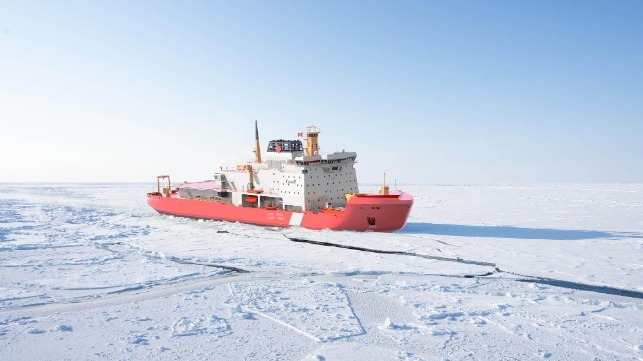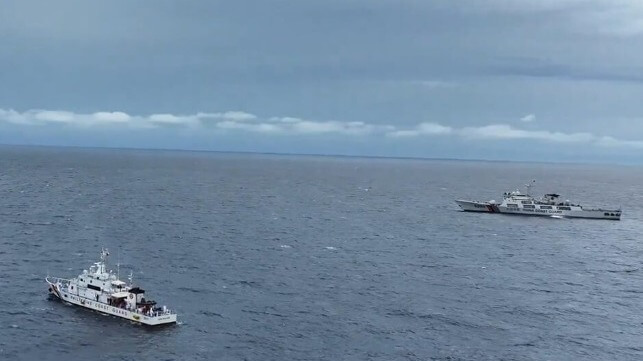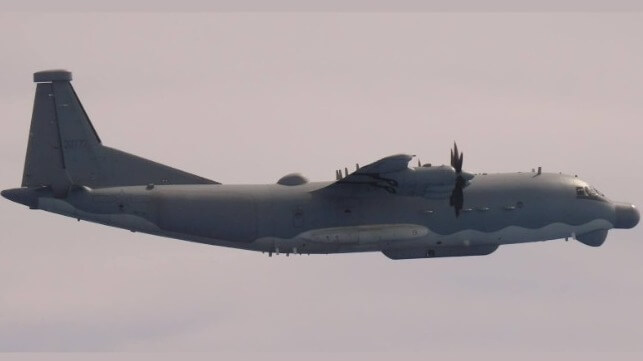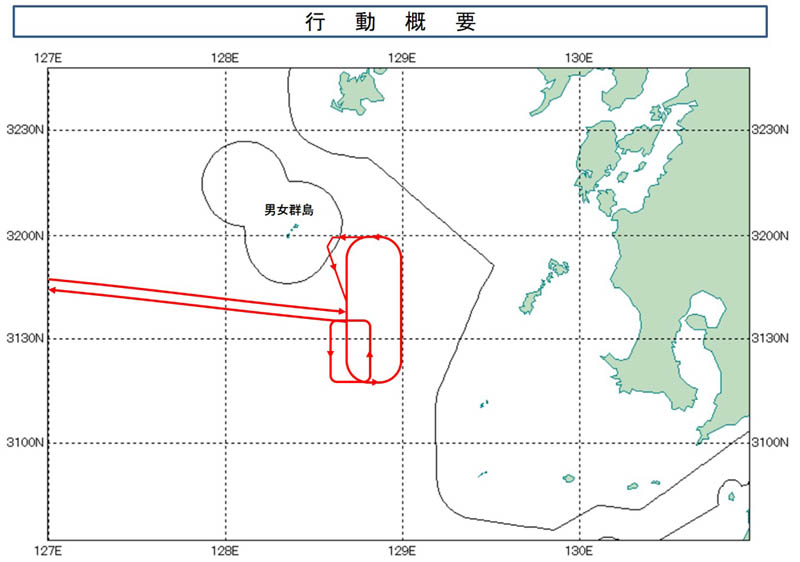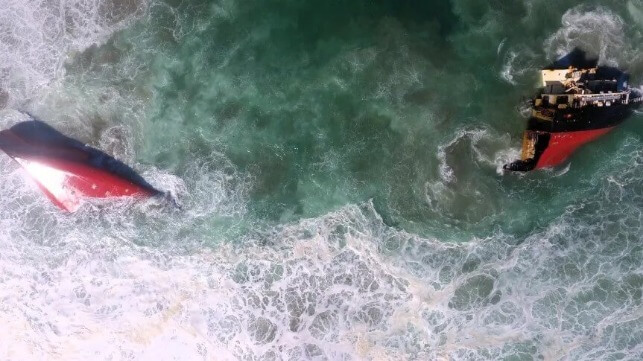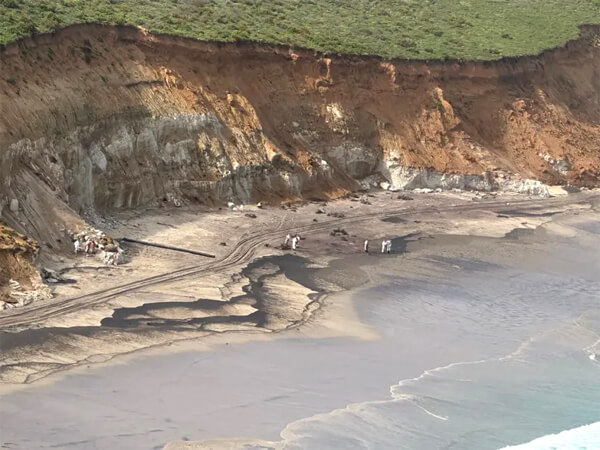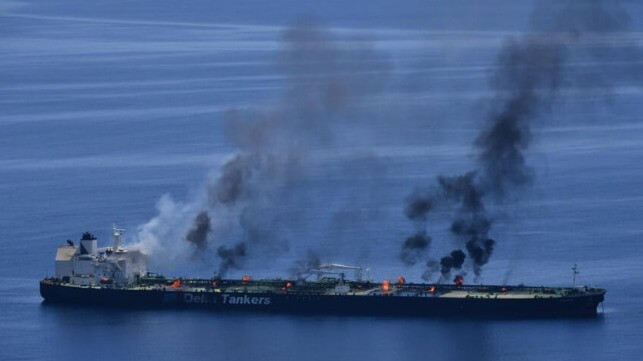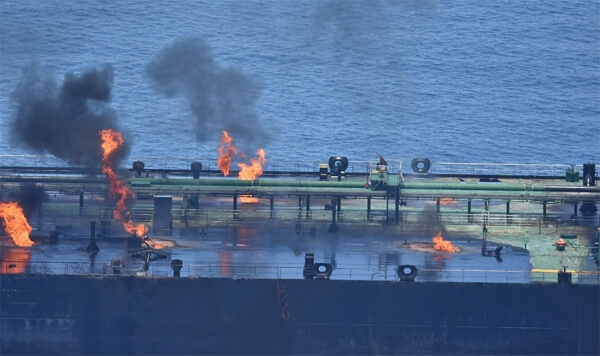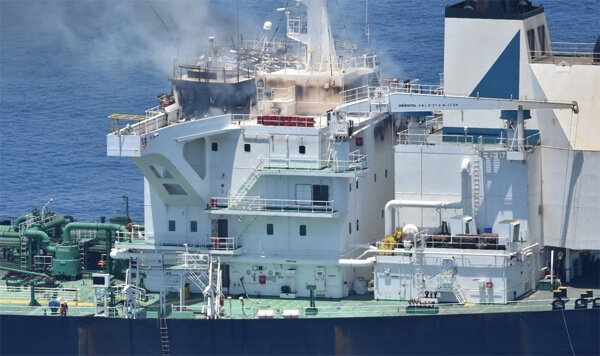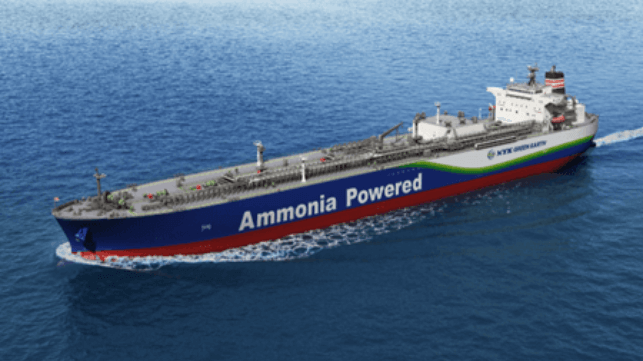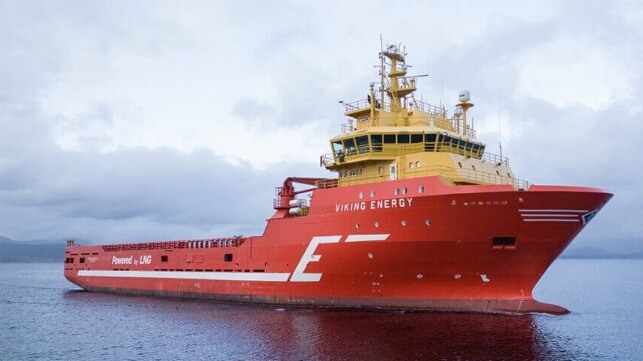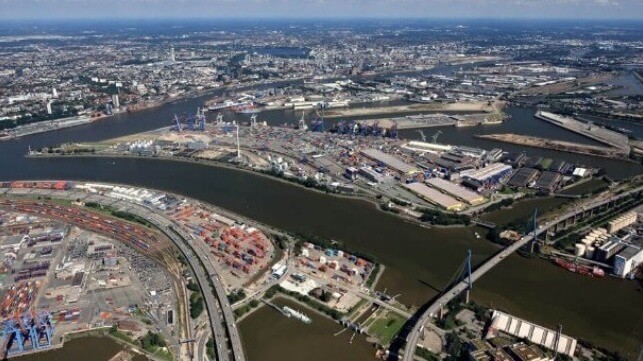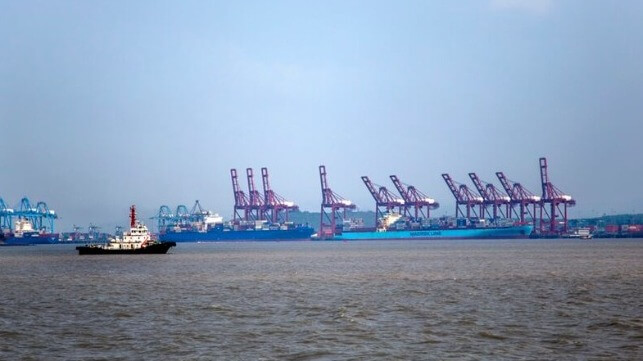In an interview by Federico Fuentes for LINKS International Journal of Socialist Renewal, Antonio González Plessmann breaks down the country’s July 28 presidential election and its fallout from an anti-capitalist perspective. Plessmann is an activist with Venezuelan left-wing human rights collective SurGentes.
What is your assessment of the July 28 presidential election?
These elections took place within an exceptional context of political conflict with minimal constitutional and institutional mediation. Since 2016, the political class — which includes both the opposition and pro-Maduro sector — has resorted to operating outside the constitution and democratic framework. This has occurred amid the US’ unilateral coercive measures that have wreaked chaos on the economy and fuelled a political crisis.
These elections failed to offer full political rights for parties, candidates or voters. The government restricted electoral options by using the courts to intervene into right-wing opposition parties and former left-wing allies, taking control of their leaderships and decision-making processes. The Communist Party of Venezuela (PCV) is the most emblematic example of this on the left: denied the right to defend itself, the party’s electoral registration was usurped by a court and handed to a group of activists from the governing party posing as PCV members. As a result, no left-wing party was able to stand a candidate in the July 28 elections.
Despite these obstacles, people felt an enormous need to vote and determine their country’s future. All polls indicated more than 70% of the population intended to vote. And turnout was indeed very high. The official turnout was 59%, but this does not take into account that more than 4 million voting age Venezuelans live outside the country and were prevented from voting. If we only count those that could vote, then turnout was more than 70%. Venezuelan people have a strong culture of electoral participation. This was particularly the case during Hugo Chávez’s presidency (1998-2013). During those years, the number of voting centres expanded, voter turnout increased (especially among the poorest sectors) and an automated voting system was created, with protocols for transparency and auditing processes of the highest quality and reliability. Under Chávez, elections were important moments of popular protagonism that channelled political conflict and determined the continuity of the process of change. Unfortunately, this changed under Nicolás Maduro, especially after 2017.
On July 28, the majority of the population voted against Maduro. But this majority was not recognised by the heads of the National Electoral Council (CNE). Given the automated nature of the voting system, which includes numerous verification mechanisms, the CNE had to bypass certain audits, hide tally sheets, remove opposition observers for the tallying process, fake a cyber attack and refuse to publish booth-by-booth results — all in order to hide the actual result. The automated system did not fail; rather, CNE heads chose to bypass the system during the tallying, auditing and transparency phase.
The majority did not vote in favour of the opposition’s program, but to punish Maduro. One argument in support of this thesis is that three weeks prior to the election, a national poll asked people whether they would vote for Chávez on July 28 if he was still alive: more than 50% answered “yes”. For almost a decade now, Maduro has been forging a program and class alliance different from Chávez's, one that has severely impacted people’s lives. That is what the population voted against.
Today, we have a weak government because everyone in Venezuela knows Maduro did not win. The government lacks legitimacy and therefore has to rely on force. It resorts to repression and institutional manoeuvres to cover up for the fact that it has ridden roughshod over popular sovereignty.
Why do you think the CNE and the government have so far refused to release the voting tally sheets?
The reason is simple: the results show Maduro lost. They are manoeuvring to keep those results hidden. The big problem they face is that the automated system is very good: it has numerous backups and controls that make it practically impossible to falsify tally sheets. Every machine at every polling station produces a tally sheet with a unique encrypted code. This tally sheet is then signed by party observers and polling station authorities. The CNE, the Armed Forces, observers and voters who participated in the tallying process are all given a copy. Also, all the data is transmitted to the national tallying centre and stored in the machine’s memory, with a digital copy handed to party observers on a USB. To carry out fraud, they have had to keep the tally sheets hidden and bypass audits required by law.
What is your opinion of the Supreme Court (TSJ) ruling? Does it change anything?
The ruling by the TSJ’s Electoral Chamber is part of their strategy to cover up the vote. Contrary to its own jurisprudence, the TSJ has delivered a ruling on an electoral result, thereby usurping the CNE’s own functions. Meanwhile, the CNE has failed to complied with its own legal obligations, that include: tallying all the data in the presence of party observers; carrying out a telecommunications audit, a citizen audit of 1% of ballot boxes and an audit of the electoral data (fingerprint database); publishing the booth-by-booth results; and accepting administrative appeals lodged by candidates challenging partial or total results. Not only has the CNE failed to do all this, for the past two weeks it has kept its offices closed.
Instead of forcing the CNE to fulfil its legal obligations, the TSJ claims to have done the CNE’s job for it. It claims to have carried out an audit and found that the tally sheets correspond to the results announced by the CNE. But no experts or witnesses from political parties participated in this audit, as required by law. In other words, Maduro has still not proven he won. The TSJ’s ruling states that its decision cannot be appealed, thereby violating the right to appeal a court ruling.
Although Maduro hopes this ruling will allow him to turn the page on the election and concentrate energies on recuperating some legitimacy, in reality it has only further demonstrated that he has no way to prove he won. Inside and outside Venezuela, there is an ongoing debate about what really happened. This ruling has only convinced those who were already convinced, or those who have economic or geopolitical interests in Maduro staying in government.
What can you tell us about the nature and composition of the protests that occurred after the results were announced?
These protests mainly took place in working-class and poor areas. They largely represented a spontaneous reaction of indignation, given many people felt that their lived experience at the polling booth did not correspond with the CNE’s announcement. Maduro lost in areas that have historically been Chavista. There is no doubt that a very important segment of Chavistas, or people who used to be Chavista, voted against Maduro. Indignation was greatest in those areas. People knew what had happened and were reacting against the televised lie told by electoral authorities.
One Venezuelan organisation counted 915 protests across the country over just two days, July 29-30. The vast majority were peaceful, though some were violent, including attempts to lynch government party activists. As SurGentes, we condemned this political violence against rank-and-file PSUV [United Socialist Party of Venezuela] activists. We have demanded these crimes be investigated and those responsible punished. We also demand that the lives and physical integrity of these comrades be protected. But this violence does not represent the majority who mobilised over July 29-30. There are hundreds of videos on social media showing the mostly peaceful nature of the protests throughout the country. Those few violent protests have served as an alibi for the government to criminalise en bloc the protests of the majority.
The government used security forces and parapolice groups to repress these demonstrations. Since July 29, it has initiated a process of arbitrary selective arrests targeting opposition politicians, dissidents, critics, journalists, members of social organisations, officials who refused to repress protests, and even religious figures. There has also been a process of arbitrary mass arrests. Maduro says that 2229 demonstrators — he publicly labelled them “terrorists” — have been jailed. Of these, at least 126 are adolescents, 185 are women, 14 are indigenous people and 17 are people with disabilities. Those jailed are being held incommunicado, have been prevented from accessing a lawyer of their choice, and are being charged collectively, rather than having the facts of their cases and judgments dealt with individually.
Given all this, would you call what we are dealing with a case of fraud, an attempted coup or something else?
Fraud is an action that is contrary to the truth; it is cheating. Evidently, the official results are fraudulent because they seek to erase the will of the majority and cheat the Venezuelan people of their right to self-determination and decide their fate. In this sense, we can also describe the situation as an autogolpe en proceso [self-coup in process], in that we are transitioning from a constitutional government to a de facto government. I say “in process” because although the elections were held on July 28, the presidential inauguration will not take place until January 10, 2025. For now, Maduro remains a president who was democratically elected in 2018. Things could change between now and January, but if the current course continues, then we are experiencing the birth pangs of a dictatorship. From January 10, Maduro would become the first Venezuelan dictator of the 21st century — the head of a dictatorship of capital, not of the proletariat.
How do you view the role being played by Latin American governments?
Most of the governments in the region have refused to recognise the election as legitimate. But we can divide between those that simply refuse to recognise the election and denounce the existence of a de facto government, and those that favour pursuing some kind of negotiation. The latter includes Colombia, Brazil and, initially, Mexico. These countries, which are governed by politically experienced leftist leaders, continue to call on the Venezuelan state to make the tally sheets public, carry out the required audits and publish results broken down booth-by-booth. At the same time, they have proposed different mechanisms to facilitate a political negotiation. These range from a government of national unity with the participation of opposition forces, to the holding of new elections. The aim is to offer Maduro a way out that could allow him to leave government in a more favourable scenario. While these proposals have not been accepted by either side, facilitating a political negotiation to save Maduro from becoming a dictator and prevent the possibility of a rise in political violence seems correct to me.
Taking a step back, how did we get into this situation? In particular, how would you characterise the course that Maduro’s government has taken in recent years?
To survive the impacts of US sanctions and his own economic incompetence that led to the collapse of the economy, Maduro implemented a neoliberal adjustment. This included: privatising state enterprises and assets; radically deregulating labour relations, resulting in the lowest minimum wage in Latin America (US$3 a month) and the disappearance of other wage-related rights such as seniority and severance benefits and vacation and wage bonuses; mass indirect layoffs in the public sector; tax exemptions for investments and imports; price liberalisation; de facto dollarisation of the economy; and an open and public political-economic alliance with business owners. To circumvent the sanctions, Maduro used economic operators that covertly bought and sold goods on the international market. This led to a corrupt capitalist sector emerging that has amassed huge fortunes by “providing a service to the homeland”. Alex Saab is the best example, but there are dozens of operators associated with different power blocs.
All this resulted in a rise in inequality, social rights violations and class conflict in Venezuela. Faced with this, the government began restricting democratic spaces, both in terms of representative and participatory democracy, the latter including communal councils, communes and other direct expressions of popular sovereignty. We have witnessed a radical mutation away from Chavismo, which was characterised by its national, popular, radically democratic and post-capitalist vocation, and the emergence of something new: Madurismo, an authoritarian and right-wing government, which can hardly be labelled Chavista, even if it continues to use symbols associated with it.
What is the current situation of Chavismo, and the popular movements and sectors that traditionally constituted its base? What is their relationship with the Maduro government?
In terms of social composition, the majority of Chavismo has become politically disaffiliated or migrated [to other political options]. It is focused on resolving everyday issues of survival and, if they are living in Venezuela, voted against Maduro. Organisationally, there is still a section of Chavismo in the PSUV that defends Maduro’s government, whether based on fear that “the right is coming”, for geopolitical reasons, or simply because they are tied up in clientelistic networks. Another section of left-wing Chavismo has broken with these structures but is fragmented into hundreds of organisations within the working-class camp. It has so far been unable to develop organisational forms that could allow it to express itself politically at the national level.
What position(s) have political forces of the radical left taken towards the election? What options exist for strengthening the left in the current context?
The Venezuelan anti-capitalist left can be divided into three blocs: those still in the PSUV; those Chavistas who have broken with the PSUV and Madurismo; and those who do not identify as Chavistas. All three are very weak.
The first bloc finds itself trapped. Prioritising its particular understanding of the contradiction between imperialism and the nation, it omits any criticism of Madurismo’s rightward and authoritarian drift. It knows that fraud occurred but keeps silent, justifying this with the argument that it cannot “hand power to the right”. It basically does not do politics. The other two left blocs have been very critical of Maduro’s government and have denounced the radical expropriation of popular sovereignty that occurred after the July 28 elections.
At the moment, there are various attempts to bring different sectors of the left together, including those that have not openly broken with Madurismo but are moving in that direction. These are very embryonic processes. The context favours united work to expand democratic spaces. This could allow left forces to do politics, fight for labour and other social rights, and accumulate strength in order to push for deeper changes. In any case, the forms of doing politics are currently in flux, and will depend on whether a dictatorial government is consolidated.
